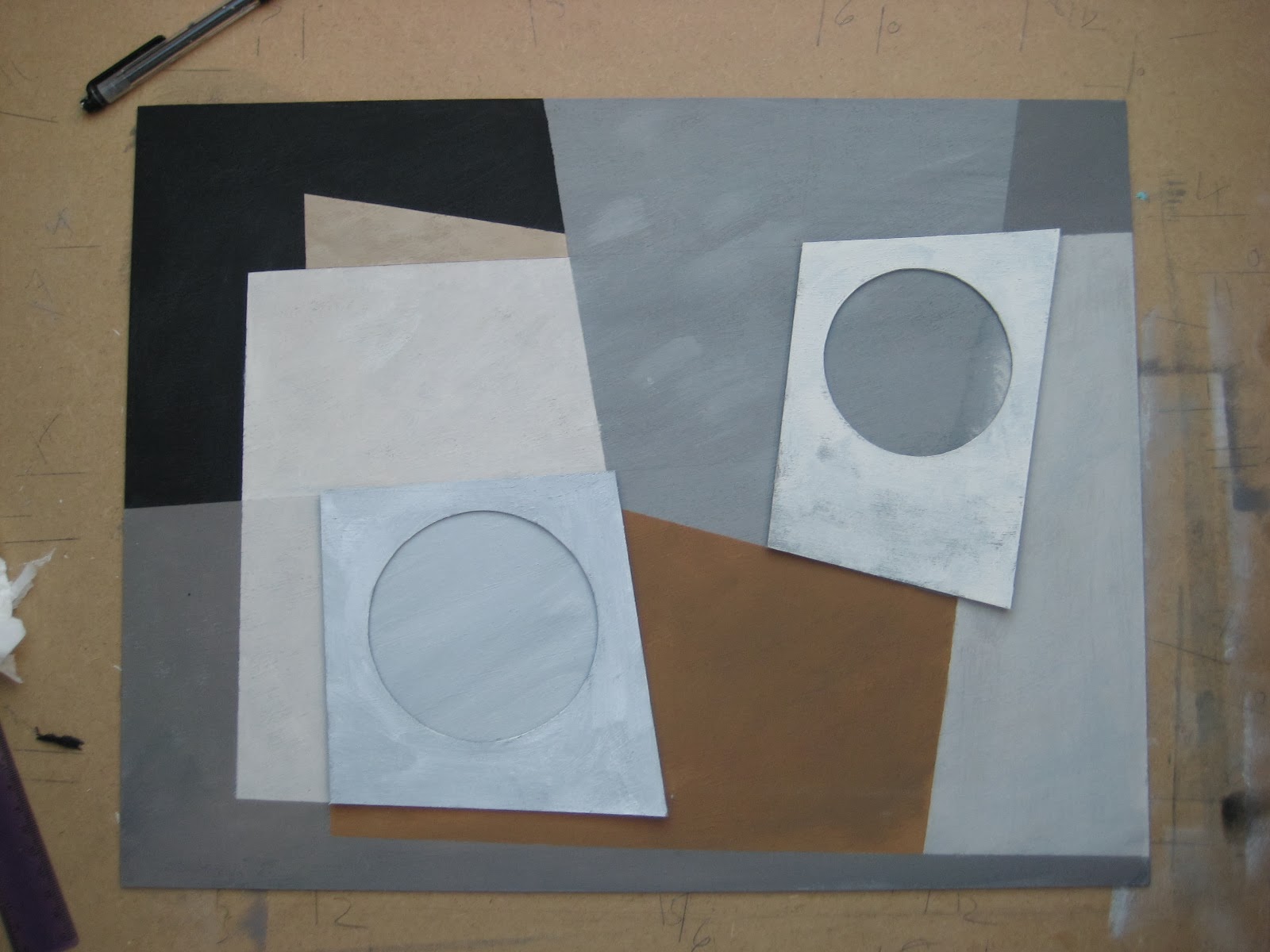About five years ago in another lifetime we were wandering the streets of Paris when a painting in a private gallery caught my eye - we ventured in and stood before a large abstract painting which set in motion my desire to paint. This was Serge Poliakoff unknown to us at that point. The gallery owner had two more pieces in the store room of the gallery and was delighted to show them two us - and he phoned a friend of his at another gallery and arranged for us to go and view two more pieces the next day............I think he recognized the look in our eyes - he knew we did not have the money to buy any of them – the one that caught our eye was a mere £650K but he could tell that we were captured by the work and that seemed to delight him......
Born in Moscow in 1900 (although some sources claim 1906), Serge Poliakoff is a highly important member of the “Ecole de Paris” (School of Paris). In 1917 he left his native country, fleeing from the Russian Revolution. At first he reached Constantinople, where he made his living by playing music in cafés. At the same time, he studied painting. From 1929 on, he matriculated at the Forchot and Grande Chaumière academies. After that, he spent two years in London, at the Slade School of Art. In 1962, he had a solo presentation at the Venice Biennale. Poliakoff died in Paris in 1969.
Poliakoff’s “typical” work consists of irregular, puzzle-like interlocking shapes. The image is supported by the effect of his colour’s pure materiality and their interplay between luminosity, transparency and opaqueness. His Russian background – he was very much impressed by iconographic painting –as well as his intense preoccupation with music and especially rhythm, provided an important influence on his art. Poliakoff\'s success is mostly based on the harmony of his compositions, both in form, in colour and their accord. These compositions of colour values find their equivalent in musical tonality and are filled with an almost sacred harmony.
There isn’t a true period pattern in Poliakoff’s use of hues. At all times we find darkish or lighter earthy tones parallel to strong and luminous colours. Having been taught the emotional value of colours by Robert Delaunay, this is not very surprising. His colour schemes vary with his moods.
For more information regarding the artist

















































